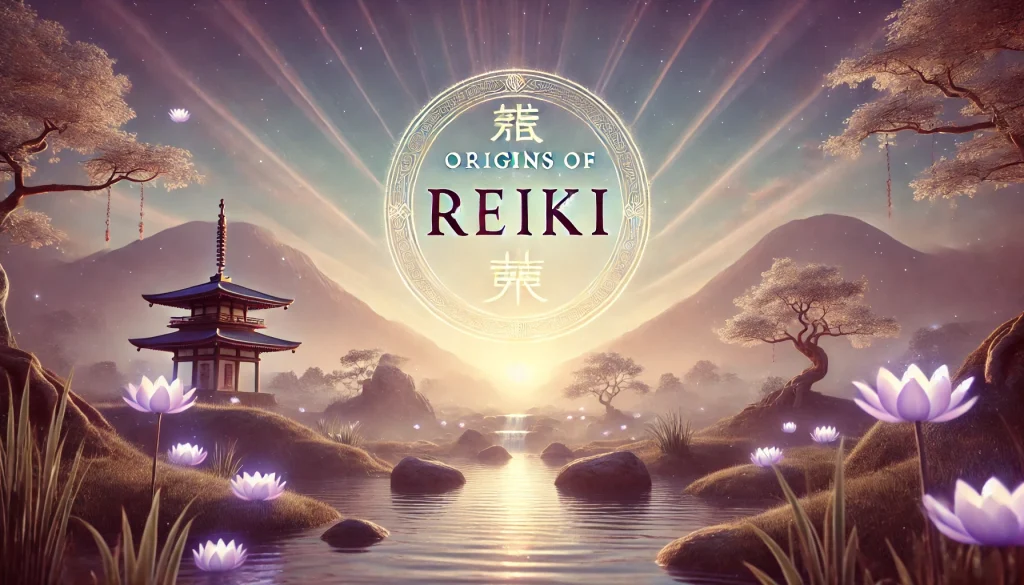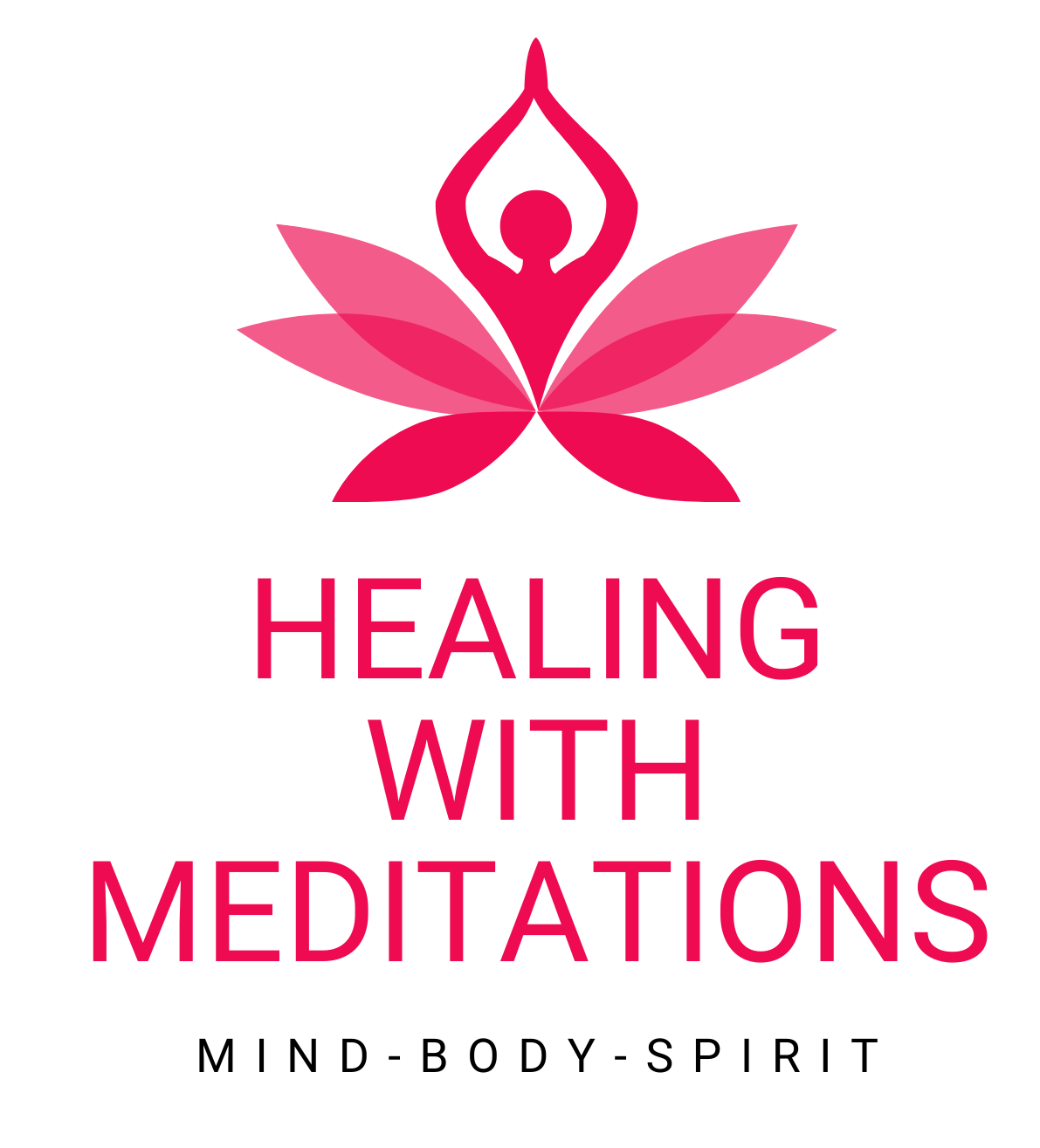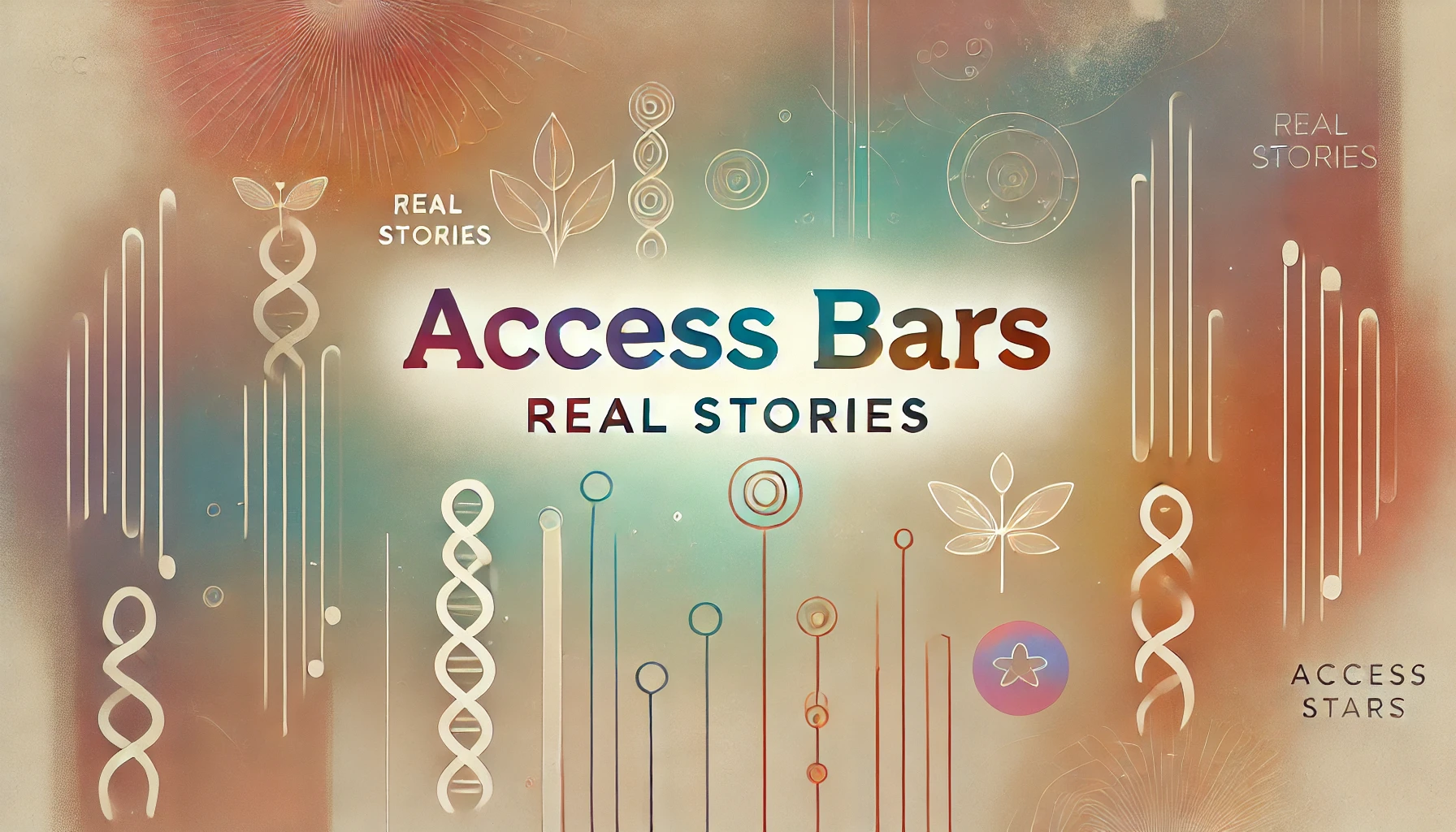Reiki, a form of energy healing that has gained global recognition, has its roots deeply embedded in Japan. The practice was founded by Mikao Usui in the early 20th century. Usui, a devout Buddhist, was inspired by ancient healing techniques and spent years studying spiritual texts and undergoing rigorous training to develop a system that could harness the universal life force energy, or “ki,” for healing purposes. The term “Reiki” itself is derived from the Japanese words “rei” (universal) and “ki” (life energy), encapsulating the essence of this practice.

Mikao Usui: The Founder of Reiki
Mikao Usui is the central figure in the history of Reiki. Born in 1865, Usui was deeply influenced by his spiritual practices and his quest for enlightenment. His dedication led him to rediscover ancient healing methods that he later refined into what we now know as Reiki. Usui’s teachings emphasize the importance of balancing the body’s energy to promote physical, emotional, and spiritual well-being. His approach to healing was holistic, considering not just the physical symptoms but also the underlying energetic imbalances.
The Spread of Reiki in Japan
Reiki quickly gained popularity in Japan, thanks to Usui’s efforts and the establishment of his first Reiki clinic in Tokyo. Usui trained many students, including Chujiro Hayashi, who played a significant role in preserving and spreading Usui’s teachings. Hayashi’s contributions include systematizing the practice of Reiki and opening more clinics, which helped in standardizing the techniques and principles that are still followed today.
From Japan to the West: The Journey of Reiki
Reiki’s journey to the West began when one of Usui’s students, Chujiro Hayashi, trained a Japanese-American woman named Hawayo Takata. Takata, who was suffering from various health issues, traveled to Japan where she was introduced to Reiki. After experiencing significant healing, she became a devoted practitioner and returned to the United States, bringing Reiki with her.
In the late 1930s, Takata opened the first Reiki clinic in Hawaii and began teaching Reiki to others. Her efforts were instrumental in popularizing Reiki in the United States and beyond. By the time of her death in 1980, Takata had trained 22 Reiki Masters, who continued to spread the practice across North America, Europe, and other parts of the world.
The Evolution of Reiki in the West
As Reiki spread across the Western world, it evolved and adapted to fit different cultural contexts. Various forms of Reiki emerged, each with its own unique practices and philosophies, while still adhering to the core principles established by Mikao Usui. One of the most significant adaptations was the introduction of the “Western” or “Usui Shiki Ryoho” style of Reiki, which emphasizes the attunement process as a key aspect of training.
Western Reiki also saw the integration of modern techniques and practices, including the use of Reiki symbols and distant healing methods. Despite these changes, the fundamental goal of Reiki—to promote healing and balance through the flow of universal life energy—remains unchanged.
Access Bars and Reiki: Exploring the Differences
While Reiki focuses on channeling universal energy for healing, Access Bars is another form of energy healing that has gained popularity in the West. Developed by Gary Douglas in the 1990s, Access Bars involves gently touching 32 points on the head, which are believed to store electromagnetic components of all thoughts, ideas, and beliefs. This practice aims to release blockages and promote mental clarity and peace. Although different in technique, both Reiki and Access Bars share the goal of improving overall well-being by addressing energetic imbalances.
The Global Impact of Reiki Today
Today, Reiki is practiced worldwide and is recognized as a complementary therapy in many healthcare settings. Hospitals, wellness centers, and spas across the globe offer Reiki as part of their holistic care programs. The practice has also gained a strong following among individuals seeking personal growth, stress relief, and spiritual connection.
Reiki’s global impact can be seen in the countless practitioners and Masters who continue to teach and spread Usui’s teachings. The practice has transcended its origins, adapting to the needs of people from all walks of life, while still holding true to its foundational principles.
Conclusion: The Timeless Legacy of Reiki
The history of Reiki is a testament to the enduring power of this ancient healing practice. From its humble beginnings in Japan to its widespread acceptance in the West, Reiki has touched the lives of millions, offering a pathway to healing and self-discovery. Whether you are new to Reiki or a seasoned practitioner, understanding its history can deepen your appreciation for the practice and its potential to bring about profound transformation.


